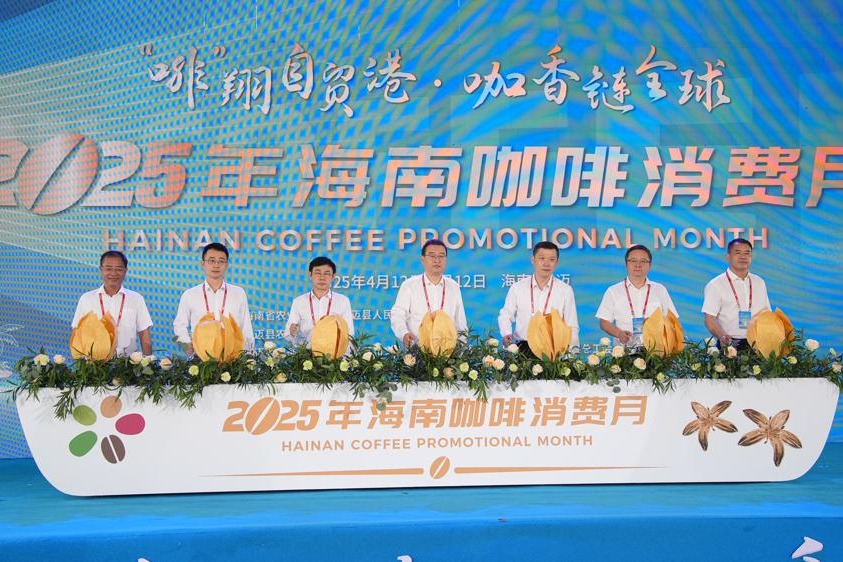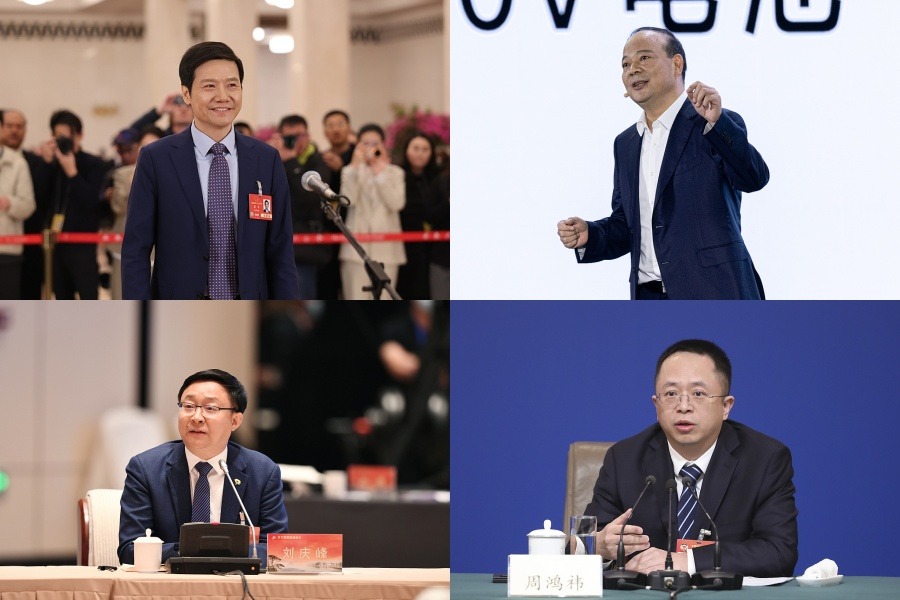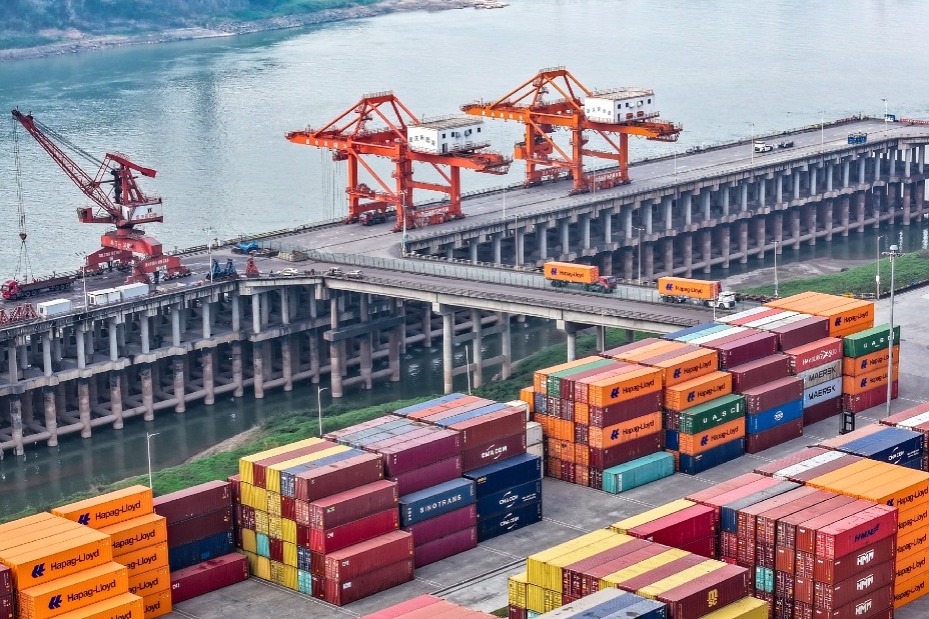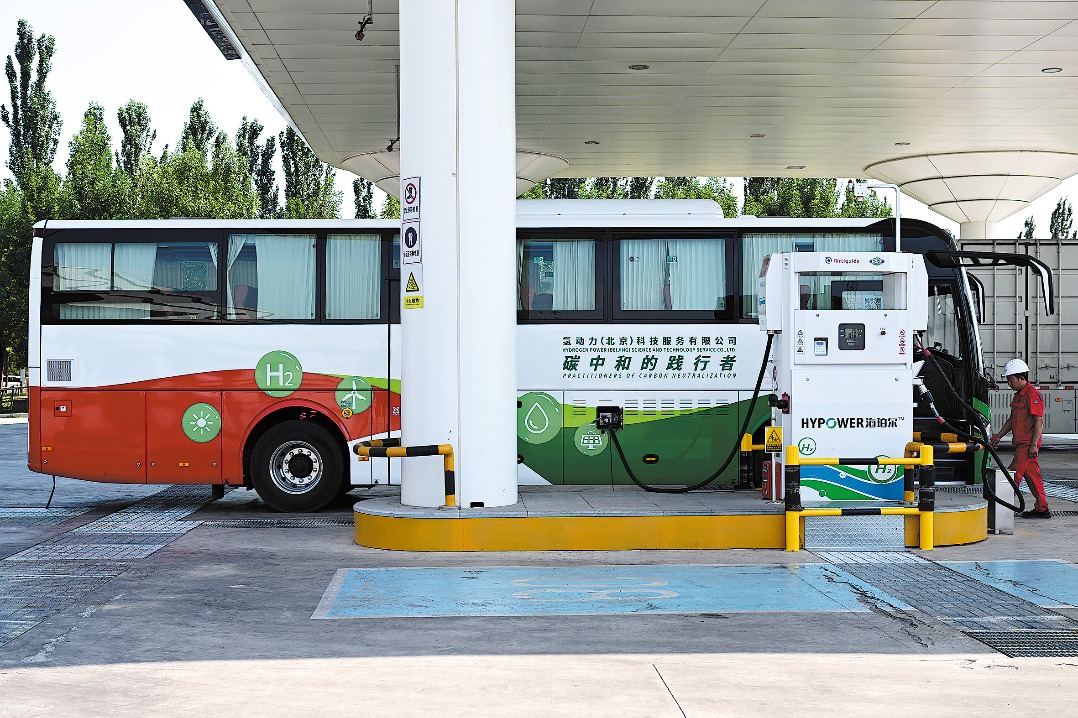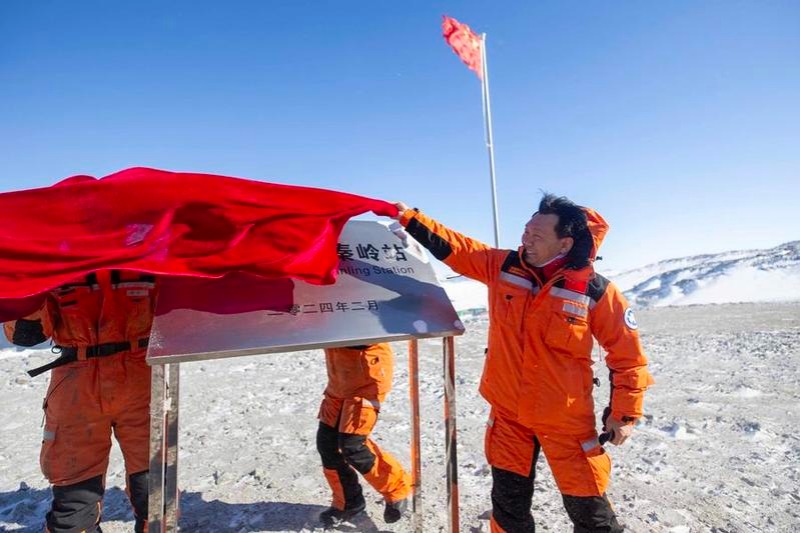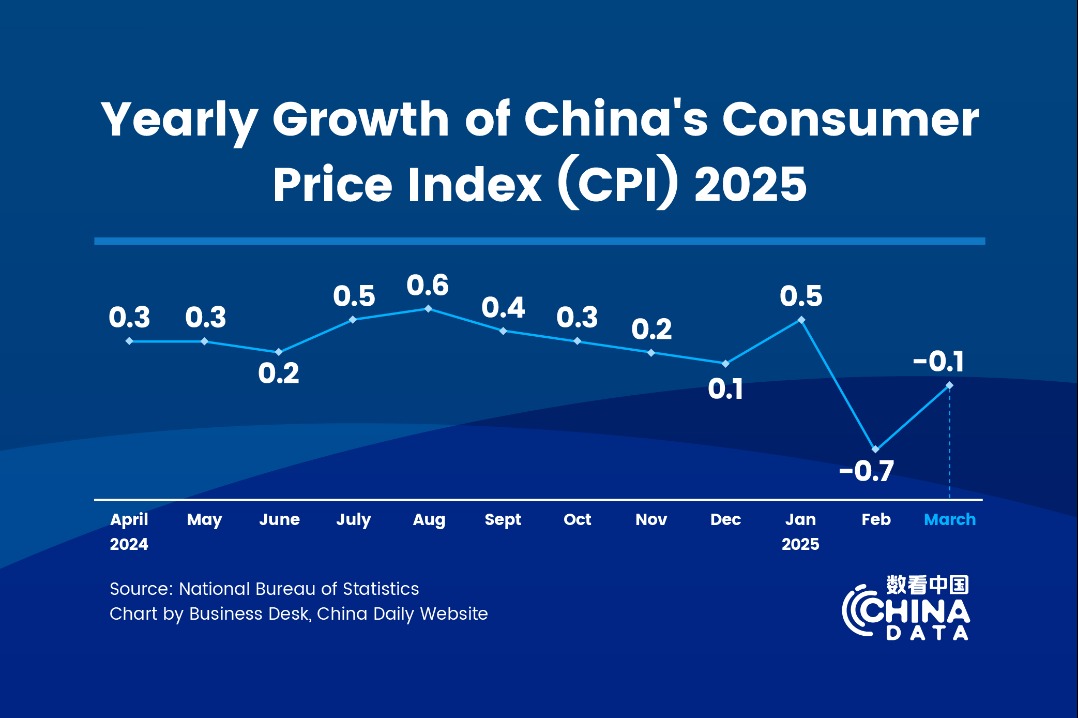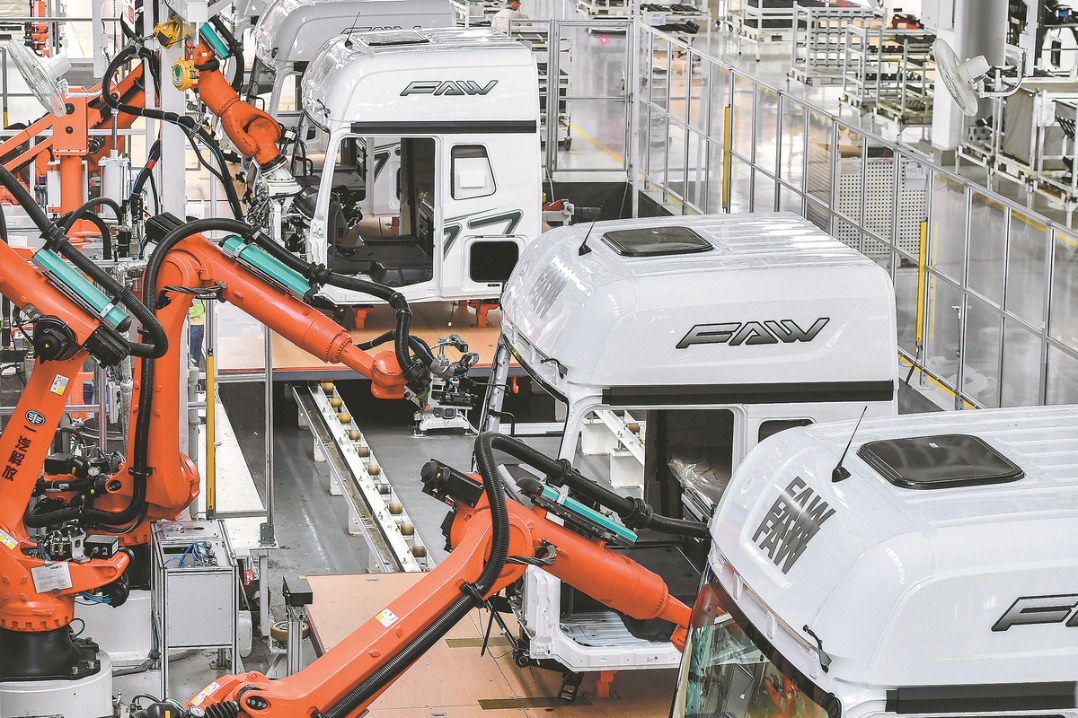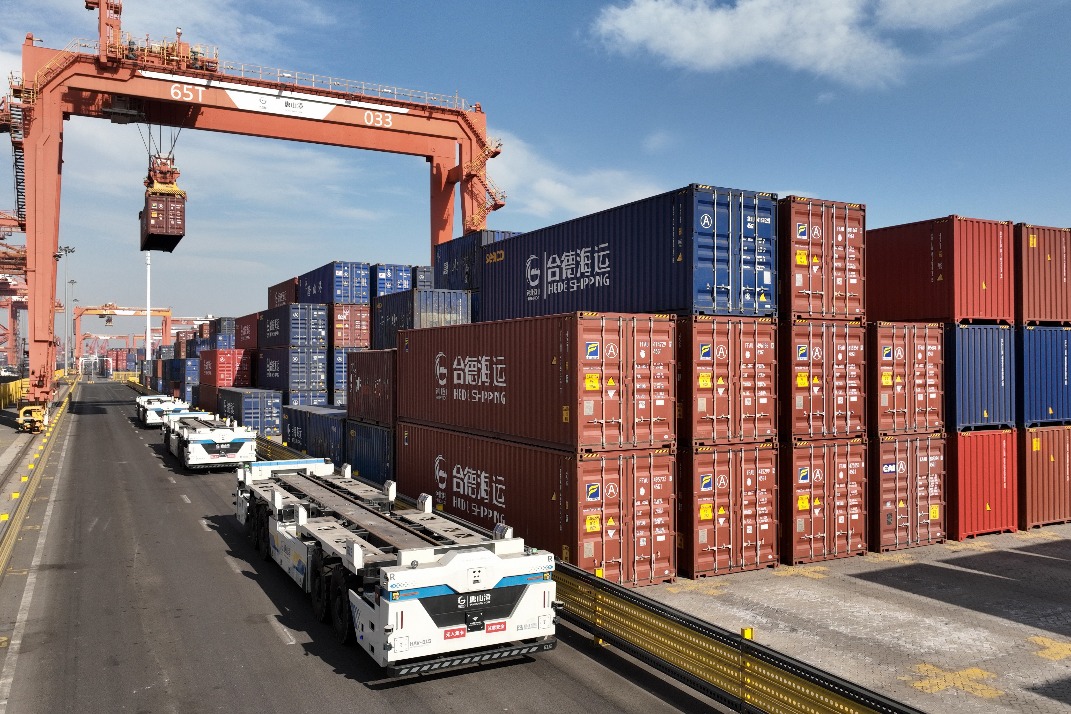Steady performance endorses prudent monetary policies


That China's real GDP growth in the second quarter was 3.2 percent is very good news. Yet, the best news is that this was achieved by relying on targeted stimulus policies that encourage long-term growth, not on reckless monetary policies that could have achieved short-term growth at the cost of creating long-term problems.
The official manufacturing purchasing managers index released by the National Bureau of Statistics for June stood at 50.9, indicating positive growth in factory output. Nonmanufacturing PMI was 54.4 for June, up from 53.6 in May.
And jobs are starting to come back. In June, the surveyed unemployment rate stood at 5.7 percent in June, 0.2 percentage point lower than in May, the NBS said. A total of 5.64 million new urban jobs were created in the first half, completing 62.7 percent of the annual target.
China is the first major economy to return to growth. And, unlike the United States or Europe, it has done so without using extraordinarily loose monetary policy.
Yet, despite the good news from the second quarter, China's economy has not completely returned to normal. Many jobs, especially in services, have not returned and exports will remain low as long as foreign economies continue to struggle.
It's relatively easy to get short-term growth if a central bank throws newly created money at the problem. Money flows into the hands of banks or investors who can then use it to buy stocks, real estate or other assets. But this increase in asset prices cannot be sustained if there is no accompanying growth in real production. Unfortunately, the US and Europe are using extreme monetary policy that may help in the short-term, but will cause asset-price bubbles, bad investments and possibly inflation in the long-term.
Chinese economic stimulus during the novel coronavirus pandemic has been targeted at continuing economic upgrading planned long before the outbreak. For example, much of the stimulus has been focused on helping small and medium-sized enterprises get financing or pay their workers. Taxes and fees have already been cut. Other parts of the stimulus have been combined with market-oriented reforms already in progress. All these measures are intended to raise productivity in the real economy.
China's monetary stimulus has been restrained compared to other major economies. In 2020, Chinese M2, a broad measure of the money supply, has risen at a growth rate of between 10.5 and 11.5 percent, compared to 8.0-8.5 percent in 2019.This additional money flowing into the economy is only enough to result in a mild increase in inflation in the worst case scenario.
In contrast, the Federal Reserve Bank decided to increase the US M2 growth rate by more than 24 percent in the second quarter, compared to an average of 5-7 percent in recent years. All this newly created money will inevitably flow somewhere.
If it all turns into inflation, we can expect US inflation rates to exceed 20 percent in the coming years-the highest in history. Because of high money supply growth rates, many economists have been expecting an increase in US inflation rates for years, but the money has instead propped up housing and stock prices.
We have already seen the newly available cash flowing into the stock market. Since the low point on March 23, US stock markets have soared, rising more than 40 percent, despite the fact that corporate profits have declined more than 20 percent, unemployment remains at record highs and the slow recovery will certainly result in negative growth this year. In other words, US stock valuations reflect only Fed stimulus, not real productivity.
Making things much worse, the US and Europe have had extremely low GDP growth and low productivity growth since the global financial crisis of 2008-2009. During this period, asset prices-stocks and properties-h(huán)ave been buoyed by monetary stimulus. That is, the Fed and the European Central Bank have kept interest rates low and money supply growth high for 10 years before the current crisis, forcing them to use even more extraordinary measures to deal with the new crisis.
Now, the Fed is buying a wide array of commercial bonds and more than half the outstanding US government debt. In essence, the Fed is nationalizing the US corporate sector and printing money to cover government and corporate debt.
The US stock market rise certainly looks like an unsustainable bubble, but there are few other options for US citizens to park their savings. Bonds pay almost zero interest and are highly dangerous because their value will fall if and when inflation rates rise.
Furthermore, US tax law makes it hard to move out of stocks. I personally hold stock retirement accounts that I would like to sell to convert to cash, but I would have to pay a large tax bill if I do so. Like millions of other Americans, I'm left hoping against hope that the bubble doesn't burst.
China's response to the COVID-19 economic crisis is very different from its response to the global financial crisis. In 2010, China's infrastructure was much less developed than now, so it made sense to have a broad-based stimulus that specially focused on upgrading the nation's transport, energy and urban infrastructure. But, now China's infrastructure is world-class, so this time it has been important to more tightly target improving the business climate and promoting technological upgrading.
In an earlier interview with China Daily, Wen Bin, chief researcher at China Minsheng Bank, said that monetary policy in the second half "may shift to more normalized status, focusing on targeted easing to support manufacturing and small businesses".
What differentiates China's stimulus from that of most other countries is that it is designed to limit risks and focused on market-oriented reforms and restructuring that will improve productivity over the long run.
The author is a senior staff commentator at China Daily.
















